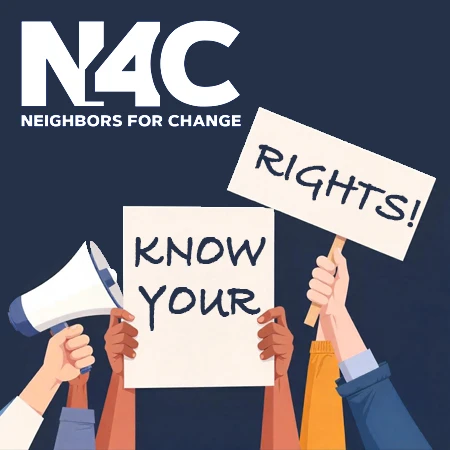Planning to protest? Know your rights before you go. The First Amendment, adopted in 1791, protects the right to protest, encompassing freedom of speech, assembly, and petition, allowing individuals to gather and express their views peacefully.

- Limitations on Protests:
While the right to protest is strong, it’s not absolute. Protests must remain peaceful and lawful, and the government can impose certain restrictions on time, place, and manner of protests. Note that protest on any private property is illegal without owner permission. When does Protesting become illegal? - Examples of Unprotected Speech:
Certain types of speech, such as incitement to violence, defamation, obscenity, and true threats, are not protected by the First Amendment. - Know Your Rights:
It’s important for protesters to understand their rights and responsibilities:- All Protestors:
- Student/Campus Protestors: The First Amendment doesn’t end “at the schoolhouse gates.” But the law does allow public schools to set their own codes and policies. Private schools are also allowed to establish their own speech and demonstration codes. In addition to checking the applicable state laws, make sure you research and read your school’s policies thoroughly and understand the consequences for violating them. Helpful generic resources for all students:
Take Action
- Be prepared – know your rights and local laws/policies (and the consequences of violating them) before you protest. Print the Cut and Fold resource to take with you for reference and review Tips for Preparedness, Peaceful Protesting, and Safety.